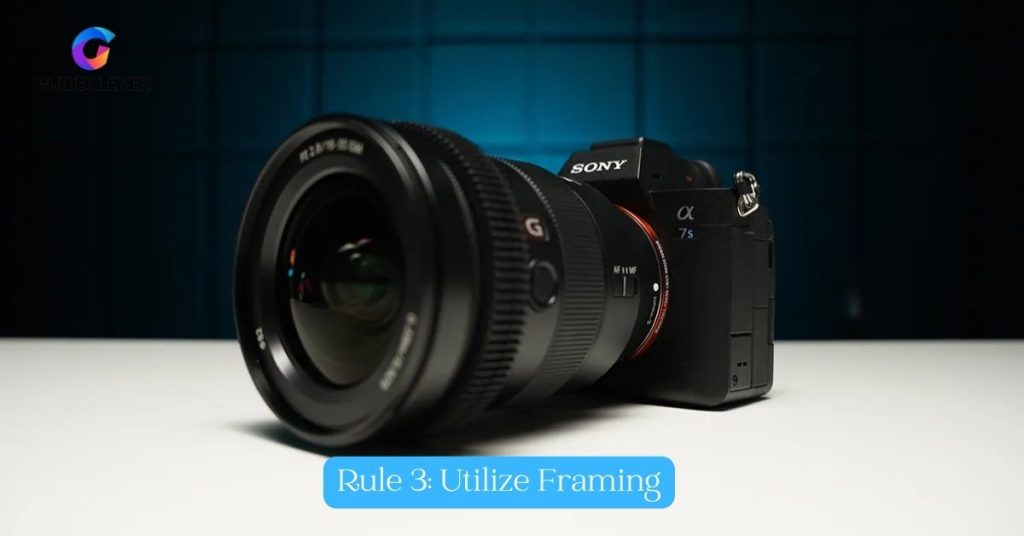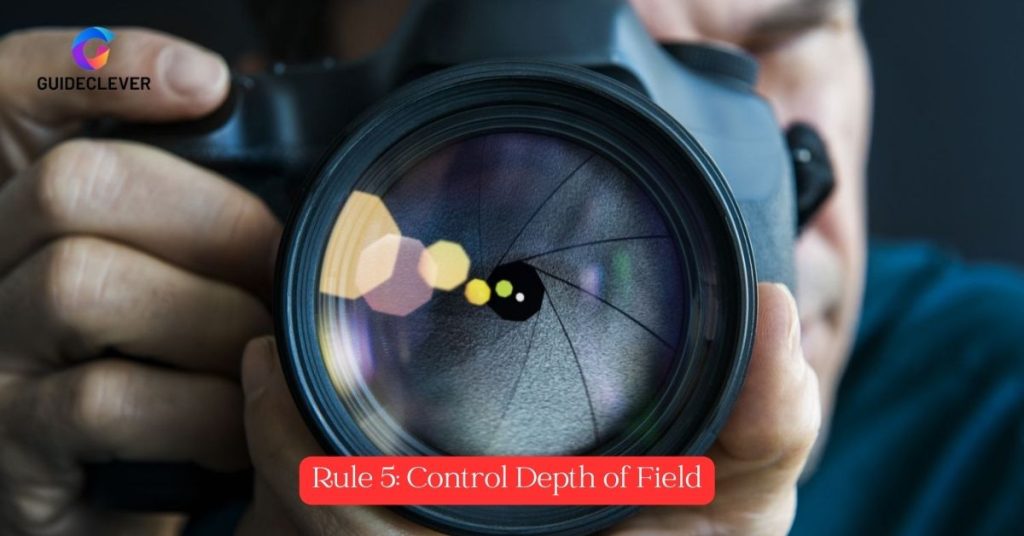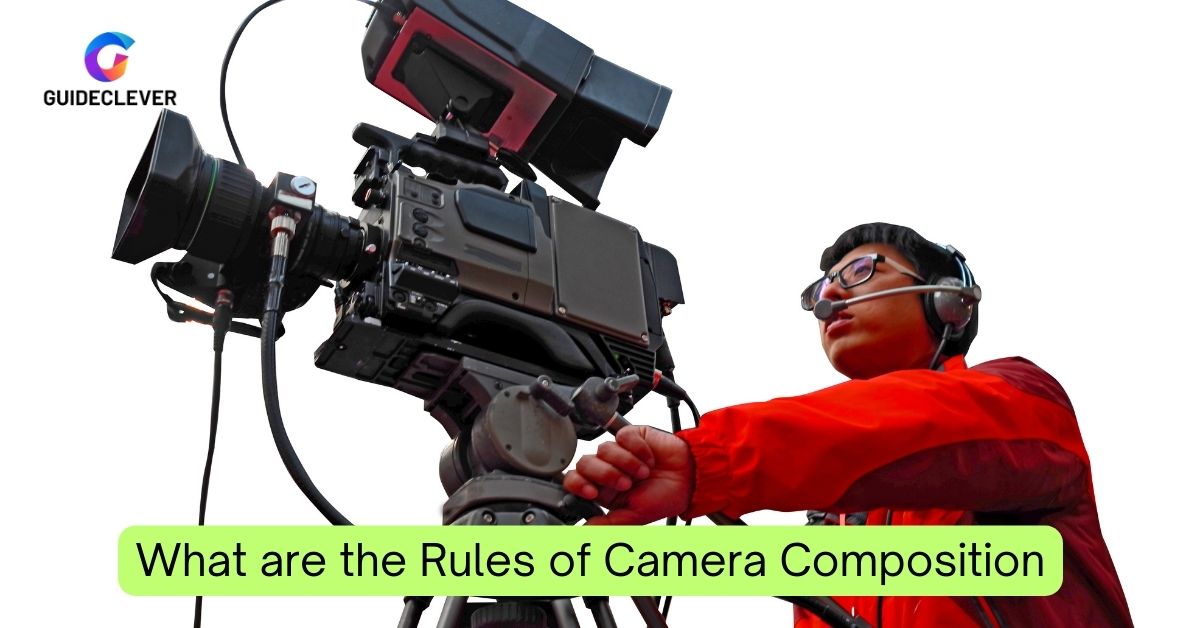Welcome to the world of visual storytelling! In photography, camera composition is essential for creating stunning masterpieces. Learning camera composition rules is crucial to boosting your professional or amateur skills.
In this article, we’ll explore the significance of camera composition in storytelling. We’ll uncover techniques that evoke emotions, convey reports, and engage viewers. We’ll reveal the secrets behind appealing images. From the famous rule of thirds to framing, leading lines, balance, and more.
Come along as we explore the principles of camera composition. We’ll provide valuable insights, practical tips, and inspiring examples. Get ready to unlock your creative potential. Learn the art of crafting great photographs that speak to the viewer.
Contents
What is Camera Composition?

Camera composition means arranging the visual elements in a photo to make it balanced and impactful. It’s about guiding the viewer’s eye and telling stories through take images. Photographers must understand and use the rules of camera composition. By adapting these, their photos become more than just snapshots. They turn into breathtaking works of art.
Composition plays a vital role in storytelling through photography. It can evoke emotions, establish a mood, and tell a narrative without using words. Photographers can choose where they place the subject, lines, shapes, colors, and more to create a visual language that speaks to viewers.
Well-composed photographs have a profound impact on the viewer. They attract attention, make a point, and leave a long-lasting impact. There are many examples of how composition techniques, such as balanced symmetry and the rule of thirds, can turn ordinary scenes into extraordinary visual experiences.
The following sections will dive deeper into specific composition rules and techniques. We will analyze their effects and provide practical tips to help you master the art of camera composition. Prepare to unlock the potential of your photographs and advance your narrative abilities shoot ahead.
Rule 1: Lead with the Subject

Lead with the Subject is a basic principle of camera composition. It helps create beautiful images. It involves placing your photograph’s or video’s major subject in a main position within the frame to draw the viewer’s attention. To use this technique, utilize the rule of thirds by placing your subject off-center.
It means dividing your frame into a 3×3 grid and placing the subject along the intersecting lines or at the converging points. It produces a sense of harmony and visual appeal.
For example, in a landscape shot, position a tree or a person at one of the intersecting points instead of in the center. Also, use lead lines, such as a pathway or a road. These can guide the viewer’s eye toward the subject, improving the composition. Remember to test and practice to find the most compelling placement for your subject within the frame.
Rule 2: Apply the Rule of Thirds
The Rule of Thirds is a crucial guideline for camera composition. It might improve the visual appeal of your pictures or movies. You do this by mentally splitting your frame into nine equal 3×3 squares.
The goal is to place your primary components or subjects down these hypothetical lines or at their intersections. This method aids to make a more balanced and pleasing image rather than placing the subject in the center. The Rule of Thirds offers practical benefits in different scenarios.
In landscape photography: Position the horizon along the upper or lower horizontal line to highlight the sky or foreground.
In portrait photography: Place the subject’s eyes along a vertical line for a dynamic composition.
Professional photogs and artists often use the Rule of Thirds. It enables them to compose beautiful and pleasing images. Using this guideline, you can achieve improved composition and create striking masterpieces.
Rule 3: Utilize Framing

Framing is a powerful technique in camera composition that can add depth and interest to your photographs or better videos. Framing for camera composition means using scene elements to create a frame around your subject. It directs attention and adds context. To use framing well, find objects like windows, doors, arches, or tree branches that can frame your subject.
Positioning your subject within this frame creates a visual boundary that draws the viewer’s eye toward the main focal point. For example, in a portrait, you can position the subject within a window frame, adding an interesting layer to the composition.
Studies prove framing can enhance visual storytelling and make images more engaging. Try various framing options and see how your compositions gain depth and delight the viewer.
Rule 4: Balance the Frame
Balance the Frame is essential for creating attractive and pleasant images. It means spreading visual elements in the frame and avoiding overfull on one side. You can use the rule of thirds as a guideline to achieve balance in your composition.
Put your primary focus or subject through one of the vertical lines. Then balance it with other backing elements on the opposite side. For example, if you position your subject on the right side of the frame, balance it by adding an interesting element on the left side.
You can do it using objects, colors, or even negative space. Also, you can use balance or patterns to create a sense of balance in your composition. Experiment with different formats and views. And find the most pleasing balance for your images.
Rule 5: Control Depth of Field

Controlling the Depth of Field is a basic rule of camera composition. It allows you to manipulate the sharpness and blur in your images. It describes the distance range in your frame that looks sharp and in focus. Change your camera’s aperture settings to manage depth of field. A shallow depth of field results from a wider aperture (smaller f-number). Only a small part of the image comes into focus, while the rest becomes blurred when using a wide aperture. This technique is widely applied in portrait photography to separate the subject from the background
But a narrower aperture (larger f-number) increases the depth of field. It enables more elements in the image to appear sharp and in focus. Landscape photography often benefits from a greater depth of field. It helps capture a wide scene with clarity from front to back. Successful photogs use different depths of field. It helps them to create striking images with unique focus and emphasis. Testing with the depth of field can improve your compositions and add creative value to your photos.
Rule-6: Breaking the Rule for Creativity
Breaking the rules of camera composition can lead to clever and creative results by going beyond the standard rules. Sometimes photographers do it to explore new dimensions and push the boundaries of creativity. No doubt, it’s important to understand the rules. But there are times when breaking them can yield great outcomes.
One area to experiment with is the placement of the main subject. For a daring and powerful composition, try setting the subject at the dead center rather than obeying the rule of thirds. Another rule to break is the idea of symmetry. Introducing asymmetry can create dynamic and interesting images.
follow Many renowned photographers have embraced this concept. For example, Steve McCurry often places subjects in the center. But Alex Webb embraces chaos and complexity in his compositions. By breaking the rules, you can unlock your artistic potential. Thus creating stunning masterpieces that defy conventions.
FAQ
What are the rules of composition?
Composition rules guide photographers and videographers to create pleasing images. They include the rule of thirds: dividing the frame into a grid and placing elements at the lines or points. Leading lines direct the viewer’s eye. While framing uses elements to create a frame around the subject. However, these rules are not rigid, thus you can break them for creativity. Rules of the Camera provide a basis for clear visual stories.
What are the 5 basic composition elements in photography?
The five basic composition elements in photography are:
1. Lines: Working lines to direct the eye of the observer and give the image a sense of direction and movement
2. Shapes: Utilizing different shapes adds visual interest and structure to the composition.
3. Colors: Using colors to arouse emotions and create a rhythmic or contrasting visual impact.
4. Patterns: Catching repeating patterns creates a sense of rhythm and adds depth to the image.
5. Texture: Highlighting textures adds tactile quality and improves visual knowledge.
Conclusion
In conclusion, learning the rules of camera composition is a valuable skill. It helps to create stunning masterpieces. By understanding and applying these guidelines, you can enhance the impact and appeal of your photographs or videos. Remember to lead with the subject and apply the law of thirds to produce harmonious and compelling compositions.
Explore framing techniques to add depth and context to your images. Control the depth of field to focus attention and add creative depth. And don’t be afraid to break the creativity rules, as it can lead to unique and innovative results. With practice and experimentation, you can develop your style. And create captivating visual stories that give your audience a lasting impression. Happy composting!


